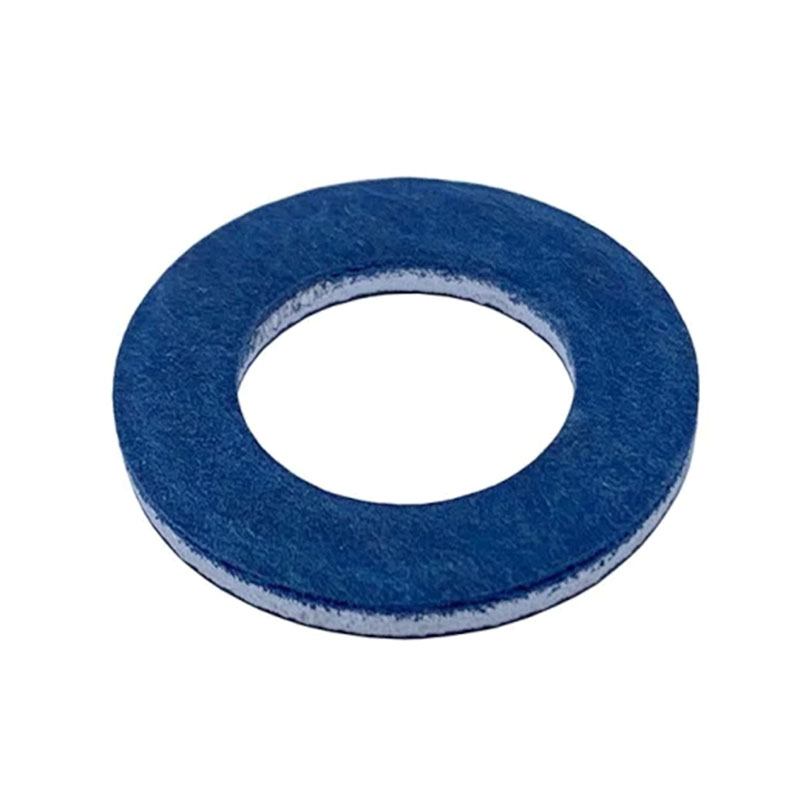Flat gasket seal solutions for enhanced sealing performance in various applications and industries
Understanding Flat Gasket Seals Essential Components in Fluid Mechanics
Flat gasket seals are essential components in various mechanical systems, serving the critical function of preventing fluid leaks and ensuring the efficient operation of machinery. These seals consist of a flat, non-compressible material that is designed to fill the gap between two mating surfaces, providing a barrier against the passage of liquids and gases. This article delves into the types, materials, applications, and best practices surrounding flat gasket seals, emphasizing their significance in numerous industries.
Types of Flat Gasket Seals
There are several types of flat gaskets, each designed for specific applications based on factors such as temperature, pressure, and the nature of the media involved. Common types include
1. Rubber Gaskets These gaskets are made from various rubber compounds, including neoprene, nitrile, and EPDM. They are favored for their elasticity and ability to conform to uneven surfaces. 2. Cork Gaskets Cork gaskets are made from compressed cork granules. They are notable for their excellent compressibility and ability to withstand moderate temperatures, making them ideal for applications in automotive engines and various machinery.
3. Paper Gaskets Often used for low-pressure applications, paper gaskets are cost-effective and can be manufactured in various thicknesses. However, they are not suitable for high-temperature or high-pressure environments.
4. Metal Gaskets These gaskets are constructed from metals like copper, stainless steel, or aluminum. They are ideal for high-pressure applications and can withstand extreme temperatures, making them common in the aerospace and automotive industries.
5. PTFE Gaskets Polytetrafluoroethylene (PTFE) gaskets are chemically resistant and can withstand extreme temperatures. They are often used in chemical processing and food production, where contamination must be avoided.
Material Considerations
Choosing the right material for a gasket seal is crucial in ensuring its effectiveness. Factors such as chemical compatibility, temperature range, and pressure conditions must be considered. For example, nitrile rubber is excellent for oil resistance but may fail in high-temperature environments. Conversely, PTFE is chemically inert but less compressible than rubber-based materials.
Applications of Flat Gasket Seals
flat gasket seal

Flat gaskets are found in numerous applications across various industries, including
- Automotive Industry Flat gaskets are widely used in engines to prevent leaks between components such as cylinder heads and oil pans. - Aerospace In aircraft, flat gaskets help maintain pressure and prevent fuel leaks in various systems. - Chemical Processing Due to their chemical resistance, flat gaskets made from PTFE or other resistant materials are commonly used in processing plants to prevent contamination. - Plumbing and HVAC These seals are essential in ensuring leak-free connections between pipes and valves in industrial and commercial settings.
Installation and Maintenance
To ensure the effectiveness of flat gasket seals, proper installation and maintenance are paramount. Tips for successful installation include
1. Surface Preparation The mating surfaces must be clean, flat, and free of any debris or old gasket material. This ensures a good seal and prevents leaks.
2. Correct Torque Specifications Following manufacturer specifications for torque settings is critical. Over-tightening can deform the gasket, while under-tightening may lead to leaks.
3. Periodic Inspections Regularly inspecting gaskets for signs of wear, such as cracks or leaks, can preemptively address potential issues before they lead to machinery failure.
4. Environmental Considerations Understanding the operating environment helps in selecting the right gasket material, reducing the risk of premature failure.
Conclusion
Flat gasket seals are indispensable in maintaining the integrity and efficiency of numerous mechanical systems. By understanding their types, materials, applications, and proper maintenance practices, industries can better prevent leaks and extend the life of their equipment. As technology advances, the design and manufacturing of flat gasket seals will continue to evolve, helping to meet the increasing demands of modern engineering and environmental standards.
-
The Ultimate Guide to Boat Propeller Bearings and Trailer Wheel Bearings
News Jul.31,2025
-
The Essential Guide to Marine Bearings and Boat Trailer Wheel Bearings
News Jul.31,2025
-
The Complete Guide to Heavy Duty Seals: Protecting Doors and Spaces Efficiently
News Jul.31,2025
-
Essential Guide to Marine Shaft Bearings and Boat Trailer Axle Bearings
News Jul.31,2025
-
Comprehensive Guide to Marine and Trailer Bearings for Safe Boating and Transport
News Jul.31,2025
-
Comprehensive Guide to Automotive Oil Seals: Protecting Your Engine and Shafts
News Jul.31,2025
-
Understanding Automotive Oil Seals: Essential Components for Engine and Shaft Protection
News Jul.30,2025
Products categories















